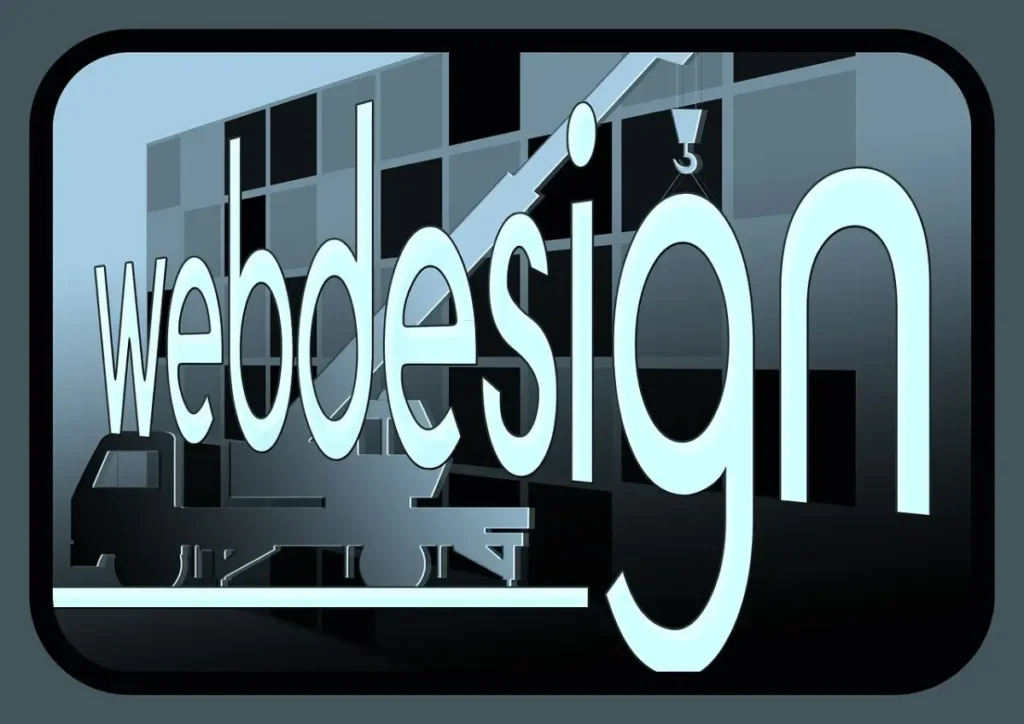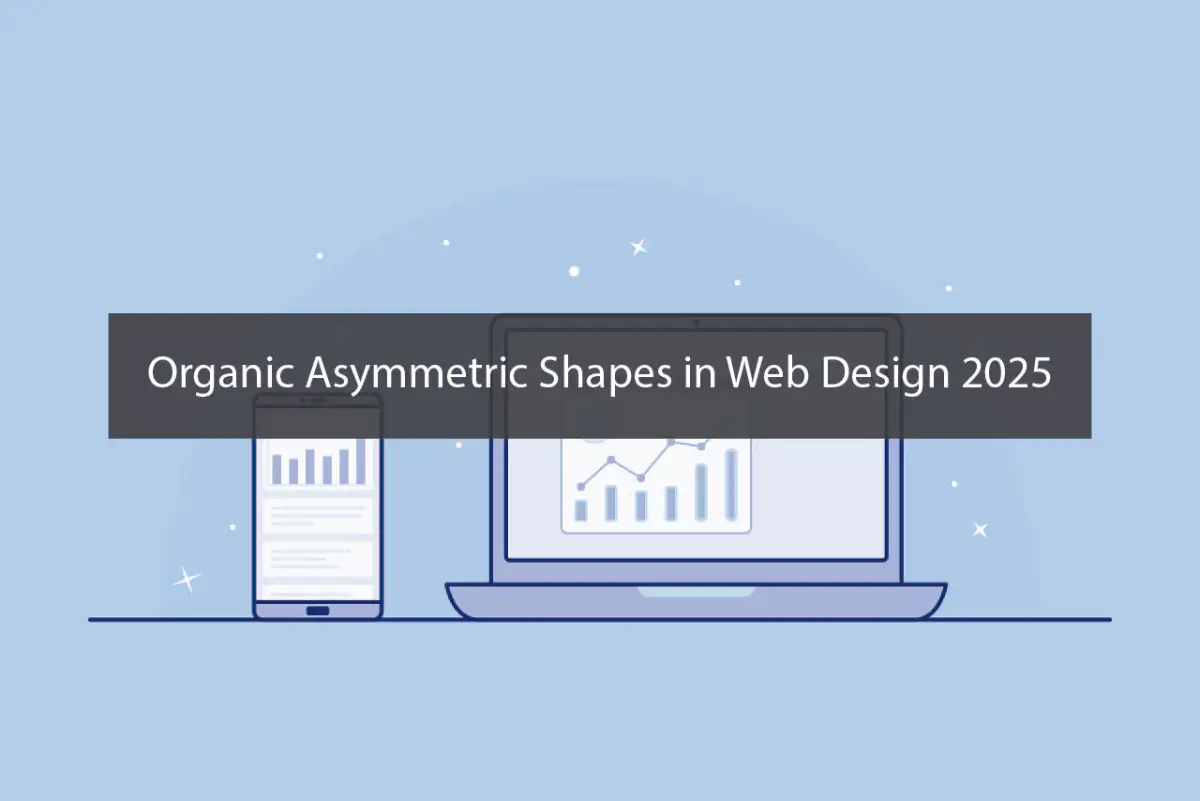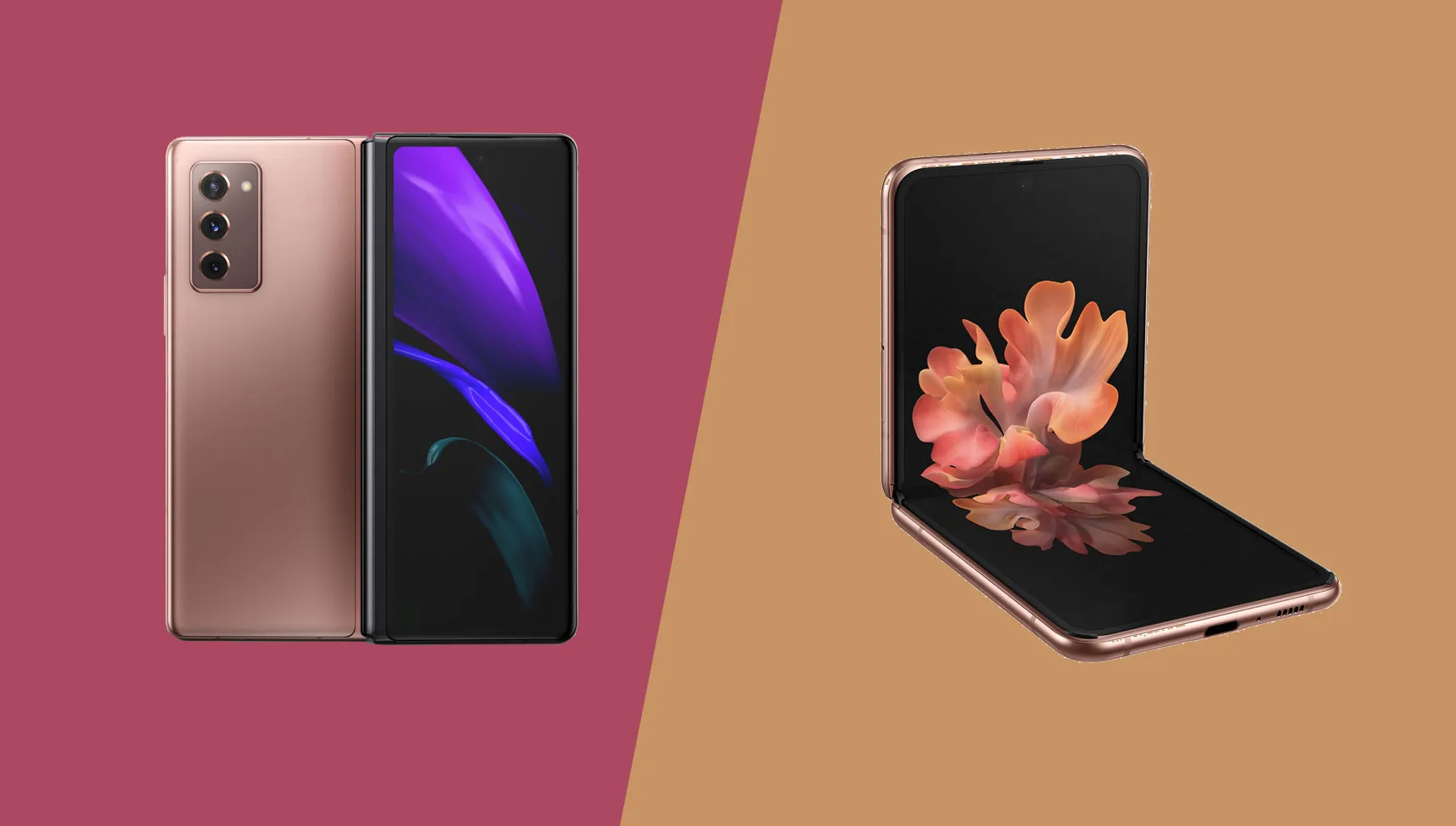With web design being a highly innovative field, more trends are being developed. Organic asymmetric shapes are one more trend that can be predicted to become a leading trend in web design in 2025. Fascinating shapes, which can hardly be called geometrical given their free-flowing curves and unpredictable lines that completely abandon the grid, are due to changes in the notion of perception of website attractiveness among designers. This then raises the obvious question of why these organic asymmetric shapes in Web Design 2025 pose so much attention. In this blog, you will understand why this is a huge deal, how to do it, and how this will further define the future of web design.
Table of Contents
What Are Organic Asymmetric Shapes in Web Design 2025?
They are basically the unconventional shapes that are organically incorporated into web design 2025 to help create asymmetrical designs for the website.
- Firstly, let’s establish what organic asymmetric shapes in Web Design 2025 are before overanalyzing the motive behind them.
- Organic shapes are free form or free flowing shapes or contour like the wind, wave or foliage shapes. While geometric shapes have straight lines and perfect symmetrical structures, organic shapes have free flowing and random structures that imitate the structure of natural forms.
- Asymmetric shapes are the ones that do not have the feature of a symmetry plane or have only one plane of symmetry. They are slanted or asymmetrical designs on purpose so that they can be interesting to look at.
When combined they provide a new and fresh design concept for web 2025 which is highly organic and asymmetrical shapes in the web designs. These shapes are very good for making visually attractive websites that are also intuitive and orientated towards the end user.

What organic asymmetric shapes will be used in web design in 2025?
A Break from Tradition:
The classical application of grid structures and symmetry within the designs of websites has been the basic conceptual foundation of many nevertheless websites due to the dynamically developing technologies and the tastes of people’s growing interest in natural and free shapes. The application of organic asymmetric shapes in Web Design 2025 demonstrates this shift and the liberation from grid-based forms of layout design. The end product becomes innovative, flexible, and focused on the human experience, which captures new generation users.
Enhanced User Engagement:
In web design 2025, it is proven that engagement is priority in design strategies of most websites. It is also noted that the asymmetrical and organic forms convey the idea of motion that itself unobtrusively guides the user’s gaze from one section to another. This stochastic geometry of the organic asymmetric shapes in the web design 2025 increases engagement and interactivity of the website compared to the traditional responsive web designs.
Improved Brand Identity and Creativity:
Today’s digital environment requires visibility, and asymmetrical organic forms in web design 2025 help capture that. Such shapes enable designers to relieve themselves from the traditional and be able to design something that will be easily remembered. From the requested design of a personal blog, through e-commerce, to corporate landing page, organic asymmetric shapes in web design 2025 will help to make your brand unique and appealing to the target demographic.
Using the relatively free-form animal shapes alongside more geometric and conventional designs provides your website with a progressive feel that is certain to draw the eye of any visitor, especially if you compare it to more conventional business sites that still use boxy and orderly layouts as their design. It helps your brand to outcompete other brands and appear relevant, which is important when competing in the current world.
Flexibility for Mobile and Responsive Design:
Currently, one of the main tasks that face web designers is creating websites that would perform equally well on every device – the PC, a telephone, a tablet, and so on. Organic asymmetric shapes in Web Design 2025 are perfect for responsive design because of the flexibility they accord. They do not have rigorous geometrical patterns where they become brittle, and the structure can fail, or the elements no longer align properly. On the other hand, the organic shapes are much more flexible and can change their size and position to accommodate the space of the site, allowing for consistent usability across devices.
Thus, in the upcoming year of web design 2025, it is essential to build only responsive websites because the majority of users are currently using mobile devices to access the web. When using the concept of organic asymmetric shapes in Web design 2025, it will be easy to have sites that look fabulously on all types of screens.
For instance, a website that has natural looking shapes leading to the organization of content is going to be more naturally appealing. They may be employed to call attention to various features thus include CTAs, navigation buttons or sections that require attention. In this way the web site is not only becomes attractive but also more effective and useful to its users.
Promoting Accessibility and Readability:
The incorporation of organic asymmetric shapes in web designing in 2025 is not necessarily a vice for the disabled. Rather, if done right, it enhances accessibility. This organic design feature can guide the user’s attention to pertinent parts of a site without complicating it further. They can partition a huge mass of information, which could be in articles or just content on the website, into more understandable smaller segments. They help minimize the confusion when simple shapes contrast with and lead the reader’s focus to a headline, for example.
Besides, for those web designs 2025 that were organically asymmetric, such shapes can help to create natural breaks for the text, making the design more appealing without overpowering the text itself.
How to Implement Organic Asymmetric Shapes in Web Design 2025
So, now that we know the positive impact of introducing organic asymmetric shapes into web design 2025, let’s learn how you can approach its implementation.

1. Use Fluid, Curved Backgrounds:
Use circles or ovals instead of the common angles of rectangular corner backgrounds, and avoid geometrical, abstract forms as well. These can be used behind text or images or anything on the page; they’re not as distracting because they aren’t large-patterned, but they make the site more interesting. In web design 2025, fluid backgrounds play a role of contributing to continuity and smooth movement of the layout against a stabile box-like effect.
2. Design Custom Buttons and Icons:
As I mentioned before, a good way to incorporate more organic asymmetric shapes in web design 2025 is to start with introspection in buttons and icons. As for the shape of buttons, you should make them round or oval on the outside and decorated with lines or shapes that differ from tradition geometrical ones. They can also be placed opposite the stronger/ cleaner structural parts of the page/ design to create more contrast.
3. Experiment with Asymmetric Layouts:
Instead of a grid structure as the base for the layout, it may be useful to think about the uneven ones as the design is more free-flowing than it is contained. Mix things in an unconventional manner – put something to the right where you would expect it to be to the left or vice versa; use either-sided uneven dividers and pictures to balance the asymmetrical items. In Web Design 2025, these layouts are necessary for giving a website more of a personal feel as it were.
4. Interactive and Animated Organic Elements:
Engage parts incorporate dynamic shape reactions to users’ actions with smooth forms. For instance, the shape of an element may grow, change color or perform a few other things at the instance the user hovers over it. This interaction can bring fun feelings on to the website. Such organic asymmetric shapes in web design 2025 provide the users with an active areas that can be explored within the site to a larger extent.
5. Use Abstract Illustrations:
If you can, try using organic shapes with drawn or abstract forms. These can be employed to encase other text, images, or objects, which makes the general design of the website artistic and not ordinary. Loose illustrations help your design pop and can convey the intended message as well as a more humanistic brand mantra.
Conclusion
When it comes to future trends in web design, organic asymmetric shapes will rule the world in 2025. These shapes provide a new and active dynamic that departs from stereotypic grids and other standard paradigms in design. The concept of mess is a step forward for embracing the beauty of chaos and designing websites that are aesthetically pleasing and built with ergonomic principles in mind for any modern device.
Using asymmetric organic elements in its web design 2025 can be a boon to display creativity, increase customer interest, and boost brand values. Organic shapes are perfect if you are about to create a new blog, a corporate site, or even an e-school. They can help you think of something new and extraordinary.
Therefore, creativity, balance, and responsiveness should be key when creating a website to stay ahead and keep the user engaged.






